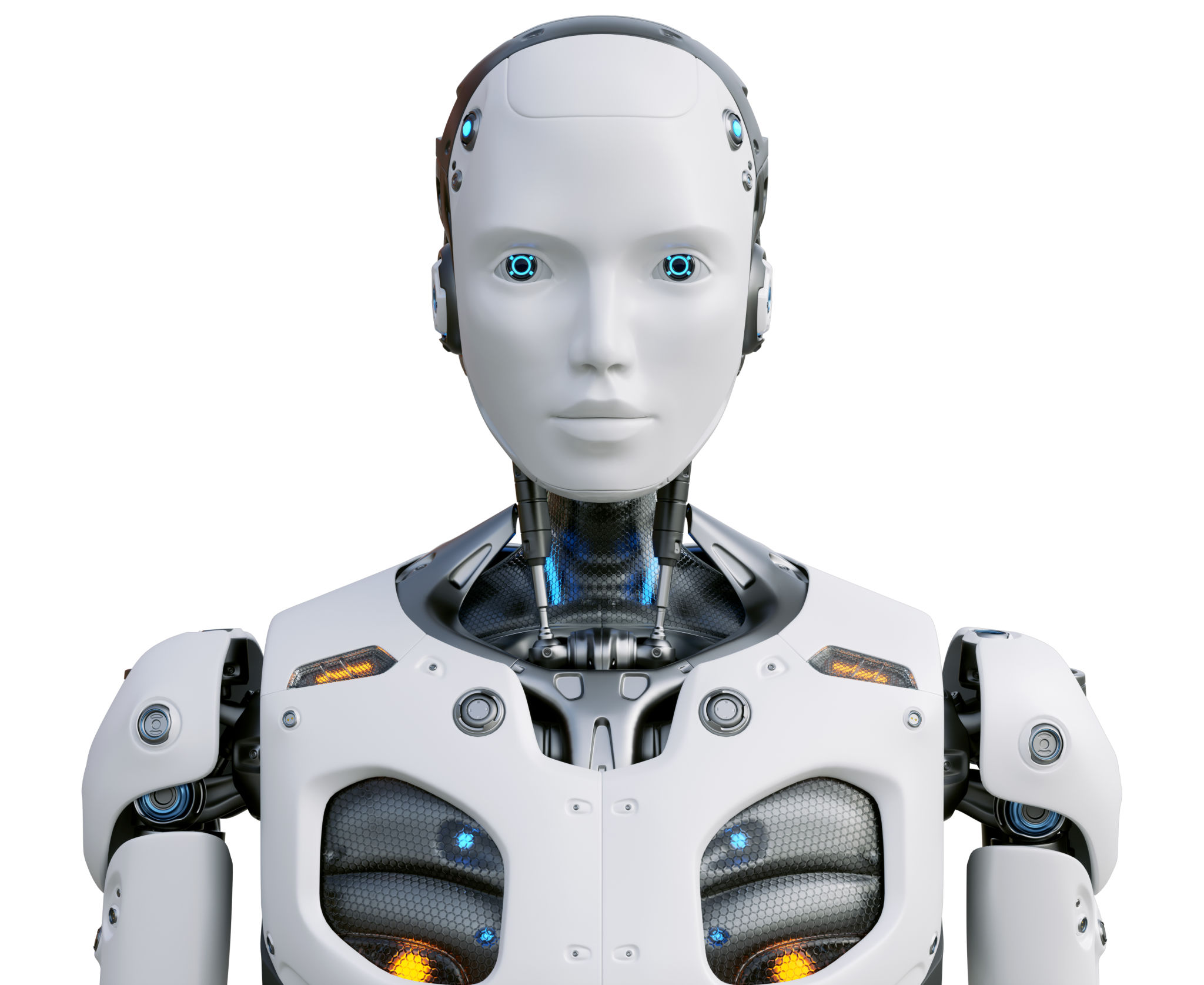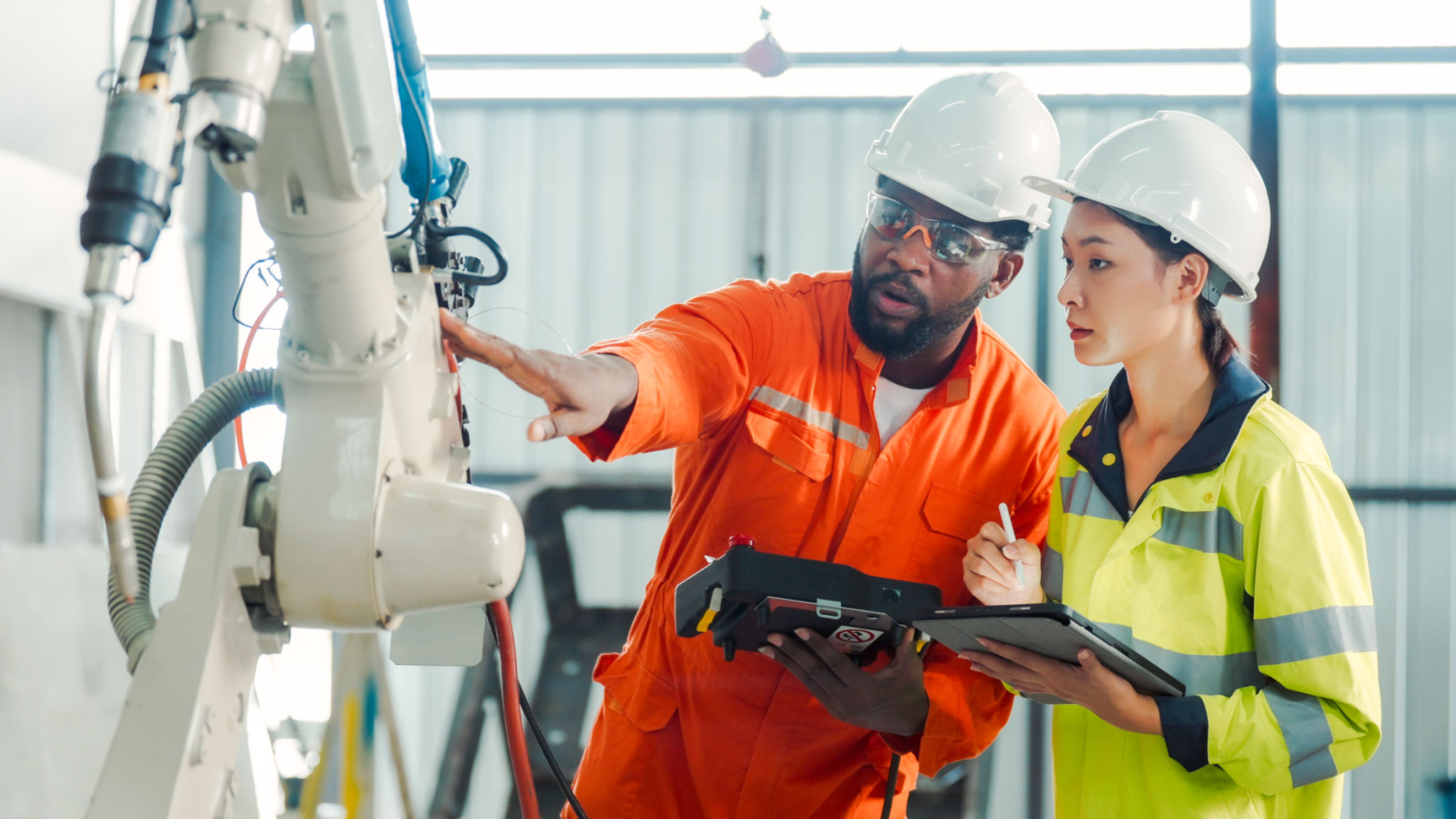Debunking Myths About Robotics in Industrial Workplace Safety
Understanding the Role of Robotics in Industrial Safety
The integration of robotics in industrial workplaces has sparked numerous discussions about safety. Many people harbor misconceptions about the impact robots have on workplace safety. It's essential to separate fact from fiction to understand how robotics can enhance safety standards in industrial settings.
Contrary to popular belief, robots are not replacing humans to cut costs at the expense of safety. Instead, they are designed to work alongside human workers, augmenting their capabilities and ensuring safer work environments. By taking over hazardous tasks, robots significantly reduce the risk of injuries and improve overall safety.

Robots and Human Jobs: A Harmonious Coexistence
One of the most prevalent myths is that robots are taking away jobs from humans. In reality, robots are not meant to replace human workers but rather to assist them. By handling repetitive and dangerous tasks, robots allow human workers to focus on more skilled and less perilous activities. This not only preserves jobs but also creates opportunities for upskilling and career advancement for employees.
Additionally, the use of robotics in industrial settings can lead to the creation of new job roles, such as robot maintenance and programming, which require specialized skills. This shift in job dynamics underscores the need for ongoing education and training to keep up with technological advancements.

Safety Concerns: Addressing Common Misunderstandings
Another common misconception is that robots themselves pose safety risks. While it is true that any machinery can be dangerous when mishandled, modern industrial robots are equipped with advanced safety features. These include sensors and emergency stop mechanisms that ensure safe operation even in close proximity to human workers.
Furthermore, regulatory bodies have established stringent guidelines for the safe use of robotics in industrial environments. Compliance with these guidelines ensures that robots are integrated safely and effectively, minimizing risks and enhancing workplace safety standards.

The Benefits of Robotics for Workplace Safety
Robotics technology offers several benefits that directly contribute to improved workplace safety. Some key advantages include:
- Reduction of Human Error: Robots perform tasks with high precision, reducing the likelihood of errors that can lead to accidents.
- Handling Hazardous Materials: Robots can safely handle toxic substances, reducing human exposure to harmful chemicals.
- Enhanced Monitoring: Robotics systems often come with monitoring capabilities that help identify potential safety issues before they become critical.
By embracing robotics technology, industries can create safer work environments while maintaining high levels of productivity and efficiency.
Conclusion: Embracing Robotics for a Safer Future
Debunking myths about robotics in industrial workplace safety is crucial for fostering a more informed understanding of their benefits. By recognizing that robots are allies rather than adversaries in the pursuit of workplace safety, industries can leverage this technology to protect their workforce and enhance operational efficiency.
The future of industrial work is one where humans and robots collaborate seamlessly, each complementing the strengths of the other. Emphasizing education and adaptability will ensure that the integration of robotics continues to advance workplace safety standards for years to come.